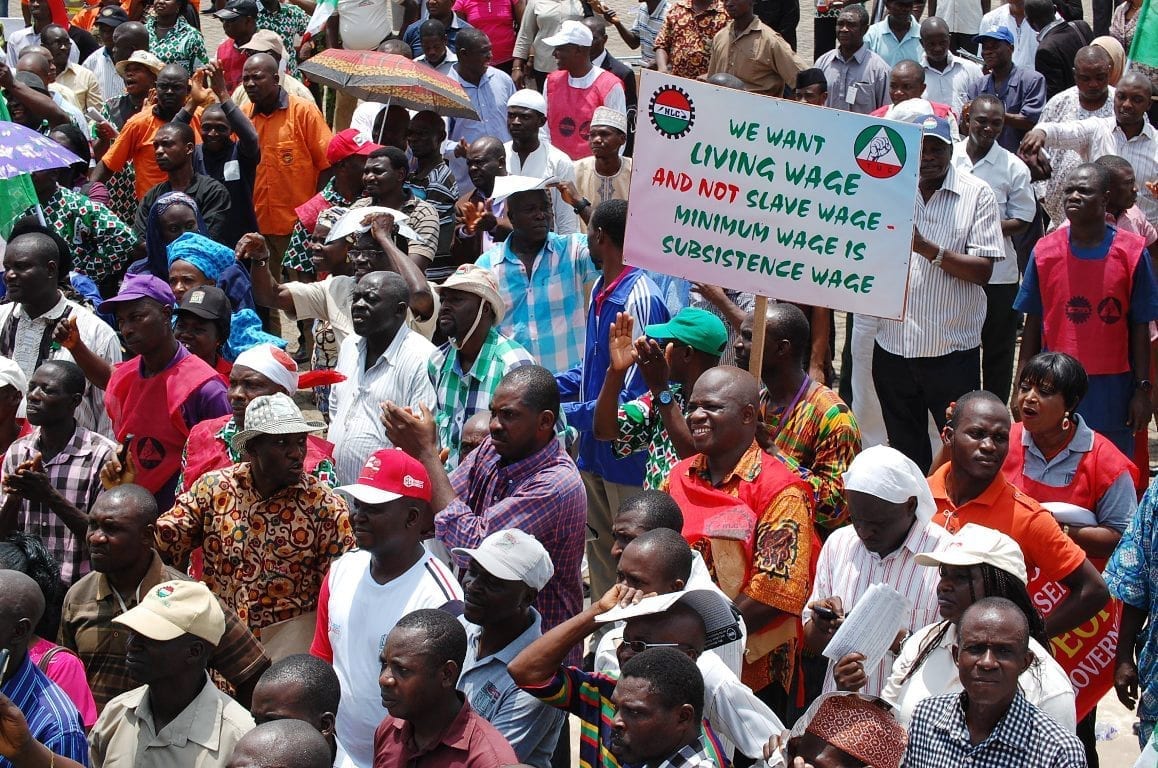Inequality around the world has its roots in the labor market, according to this year’s International Labor Organization’s (ILO) “Global Wage Report.” ILO research shows that increased worker productivity–particularly in developed economies, where inequality saw its widest increase—has had little effect on boosting wages. However, some emerging and developing economies, especially those focused on poverty reduction, did see inequality decline through a greater focus on more equitable wage distribution and increased paid (as opposed to self-) employment.
The ILO found that minimum wages contribute effectively to reducing wage inequality—and collective bargaining is “a key instrument for addressing inequality in general and wage inequality in particular.”
Some of the blame for flat wage growth can be laid on the 2008 financial crash, which pushed workers out of jobs and lowered growth rates in many economies. The long-term forces of globalization, technology and the decline of unions also have contributed to the problem.
“Average monthly real wages grew globally by 2 percent in 2013, down from 2.2 percent in 2012,” according to the report. Developing and emerging economies drove this growth: Asia saw a 6 percent increase, Eastern Europe and Central Asia nearly 6 percent and the Middle East saw real wages rise by almost 4 percent. Wages in Latin America and the Caribbean rose by less than 1 percent. Average wages in developed countries grew just 0.4 percent since 2009, despite a 5.3 percent increase in worker productivity.
Inequality fell most in Argentina and Brazil. Workers’ real wages in industrialized countries like Japan, Spain and the United Kingdom are less than they were in 2007.
In almost all countries surveyed, wage gaps remain between women and men, between national and migrant workers and between workers in the formal and informal economy.
According to the ILO, the gender “wage penalty” occurs despite education, experience and productivity, and often as a result of discrimination. Indeed, women’s average wages are between 4 percent and 36 percent less than men’s, and the gap widens for higher-earning women. Closing that gap will require policies to combat discrimination and gender-based stereotypes, and improve maternal, paternal and parental leave, says the report.
The ILO was created in 1919, as part of the Treaty of Versailles that ended World War I, to reflect the belief that universal and lasting peace can be accomplished only if it is based on justice.
Read a summary of the full Global Wage Report.
Check out the Global Wage Report in Short (video).

